Disclosure: This article contains affiliate links. We may earn a commission from purchases at no extra cost to you, which helps our travel content.
The late afternoon sun casts a golden glow across La Concha Bay as I stand on Monte Urgull, watching San Sebastian unfold below me like a living canvas. This isn't my first visit to this Basque jewel, but each return feels like peeling back another layer of an endless cultural onion. My grandmother would have appreciated this city—the way tradition and innovation dance together in perfect harmony, particularly in its food culture. As a Franco-Algerian who has spent years documenting disappearing Mediterranean traditions, I find San Sebastian's fierce protection of its culinary heritage both inspiring and familiar. The pintxo—that seemingly humble Basque tapa skewered with a toothpick—isn't just food here; it's a cultural institution, a social ritual, and for visitors willing to look deeper, a window into the soul of Euskal Herria, the Basque Country.
Understanding Pintxo Culture: More Than Just Basque Tapas
My first night in San Sebastian always follows the same ritual. I shed my traveler's skin and slip into the stream of locals flowing through the narrow streets of Parte Vieja (Old Town). The pintxo bars here aren't merely places to eat—they're cultural institutions where the boundaries between food, art, and social connection dissolve.
What distinguishes a pintxo from its Spanish cousin, the tapa, is both simple and profound: the toothpick (or pintxo in Basque, meaning 'spike'). Traditionally skewered to a slice of bread, these culinary creations have evolved from simple combinations to elaborate miniature masterpieces that showcase Basque creativity.
At Bar Txepetxa, a family-run establishment since 1947, I watch as three generations work in harmonious chaos behind the counter. The grandfather, with hands that have prepared thousands of anchovies, shows his granddaughter the precise angle to place the fish. This isn't just cooking—it's cultural transmission happening before my eyes.
"The pintxo is our language," explains Mikel, a local chef I've befriended over my visits. "Through it, we tell our history, our connection to both mountains and sea, and our resistance to having our identity erased."
What fascinates me most is how pintxo culture reflects the Basque values of community and equality. Unlike formal dining, the pintxo crawl (txikiteo) breaks down social barriers. Doctors stand shoulder-to-shoulder with fishermen, sharing food, cider, and conversation. It reminds me of the communal meals my Algerian grandmother would prepare—where the act of sharing food transformed strangers into family.
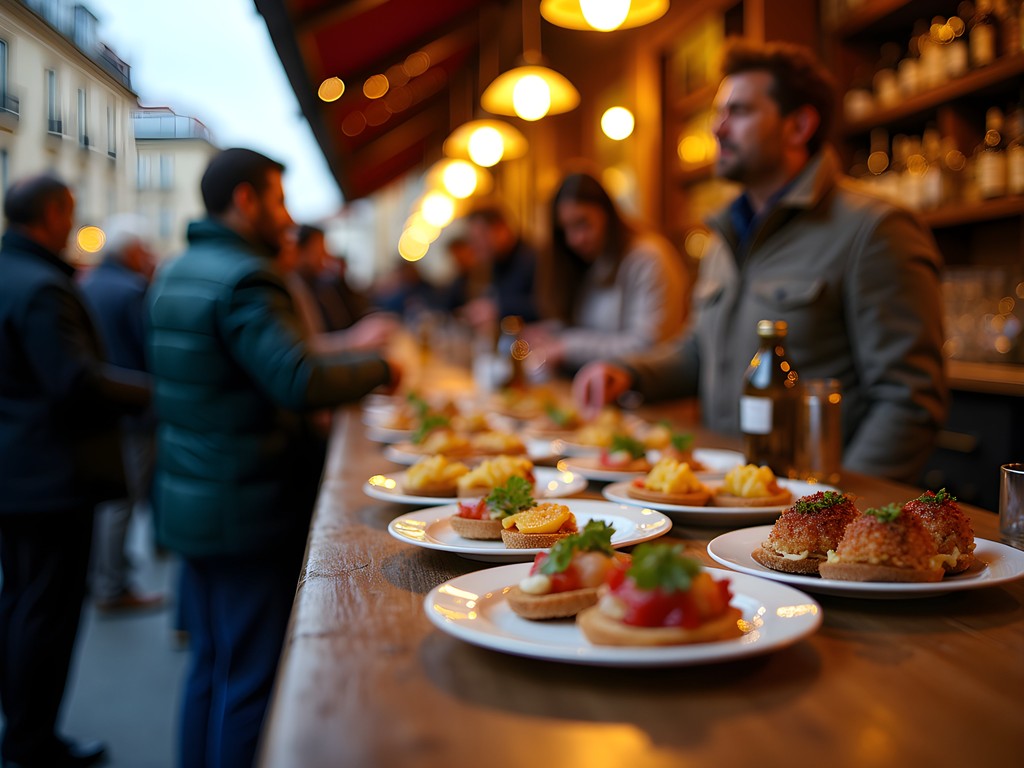
💡 Pro Tips
- Order just 1-2 pintxos per bar and move on—this is how locals experience the variety of specialties
- Cold pintxos are displayed on the bar, but always ask about hot options (pintxos calientes) made to order
- Keep your toothpicks—most bars calculate your bill by counting them at the end
The Healing Traditions Behind Basque Cuisine
What many visitors to San Sebastian miss is the profound connection between Basque cuisine and traditional medicine—a relationship that resonates deeply with my own journey documenting Mediterranean healing practices.
During my second day, I meet with Itziar, a 76-year-old sendabelarra (traditional healer) who lives in the hills outside the city. Her kitchen garden brims with herbs that have featured in Basque healing for centuries: calendula, comfrey, wormwood, and the all-important parsley, which appears in countless pintxo recipes.
"Our ancestors understood that food was medicine long before it became fashionable to say so," she tells me as she prepares txakoli, the slightly effervescent white wine that accompanies many pintxos. "The bitter herbs stimulate digestion, which is why we begin meals with them."
At Akelarre, one of San Sebastian's renowned three-Michelin-star restaurants, I speak with the sous chef about this connection. "Even at this level of gastronomy, we respect the old knowledge," he explains. "Our signature seafood dish includes sea fennel gathered from specific coastal areas known for their healing properties."
I'm reminded of my grandmother's kitchen in Algeria, where every ingredient served a purpose beyond taste. The mint wasn't just for flavor but to settle the stomach; the turmeric not merely for color but for inflammation.
For those wanting to delve deeper into this aspect of Basque culture, I recommend joining a foraging tour with local food guides. These expert-led excursions take you into the countryside to learn about wild edibles and their traditional uses—an experience that connects you to the land in a way no restaurant meal can, no matter how exquisite.
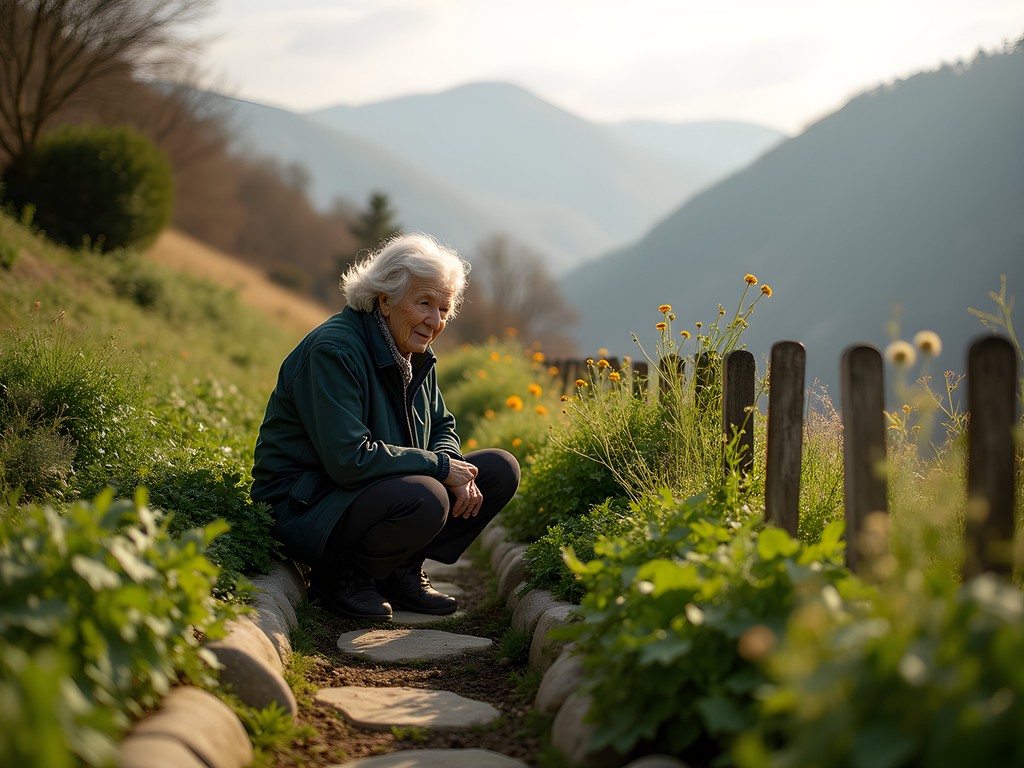
💡 Pro Tips
- Visit the San Sebastian farmers' market (Mercado de la Bretxa) to see medicinal herbs sold alongside cooking ingredients
- Look for pintxos featuring wild-foraged ingredients like sea fennel, wild mushrooms, and nettles
- Ask older bar owners about traditional digestive drinks (patxaran is a wonderful sloe berry liqueur with digestive properties)
Neighborhood by Neighborhood: A Pintxo Map Beyond the Tourist Trail
San Sebastian's pintxo scene is often reduced to the crowded streets of Parte Vieja, but as someone who seeks authentic neighborhood experiences, I've found that expanding your pintxo pilgrimage beyond the Old Town reveals the city's true culinary geography.
My week-long exploration takes me first to Gros, across the Urumea River. This residential neighborhood offers a glimpse into how locals experience pintxo culture away from the tourist spotlight. At Bar Bergara, the clientele is almost entirely Basque, and the pintxos are more experimental. Their award-winning txalupa (a pastry boat filled with seafood béchamel) demonstrates how tradition can evolve while respecting its roots.
I navigate the city's neighborhoods using my trusty pocket guide, which fits perfectly in my day bag and includes neighborhood maps that have saved me countless times when my phone battery dies after too many pintxo photos.
The Antiguo district, west of La Concha beach, reveals another face of San Sebastian's food culture. Here, pintxo bars serve a more working-class clientele, with heartier offerings and less architectural presentation. Bar Nestor has no displayed pintxos at all—just a perfect tortilla española (potato omelet) served at specific times, and the best txuleta (aged beef steak) in the city.
In the hillside neighborhood of Aiete, far from any tourist map, I discover Bar Izagirre, where three elderly brothers have been serving the same five pintxos for forty years. Their gilda—the classic skewer of anchovy, olive, and pickled pepper that was the original pintxo—is transcendent in its simplicity.
"Each neighborhood tells its own story through its pintxos," explains Amaia, a local food journalist who accompanies me one evening. "In Gros, you see innovation because many young chefs live there. In Antiguo, the pintxos are heartier because it was traditionally a fishing neighborhood where workers needed sustenance."
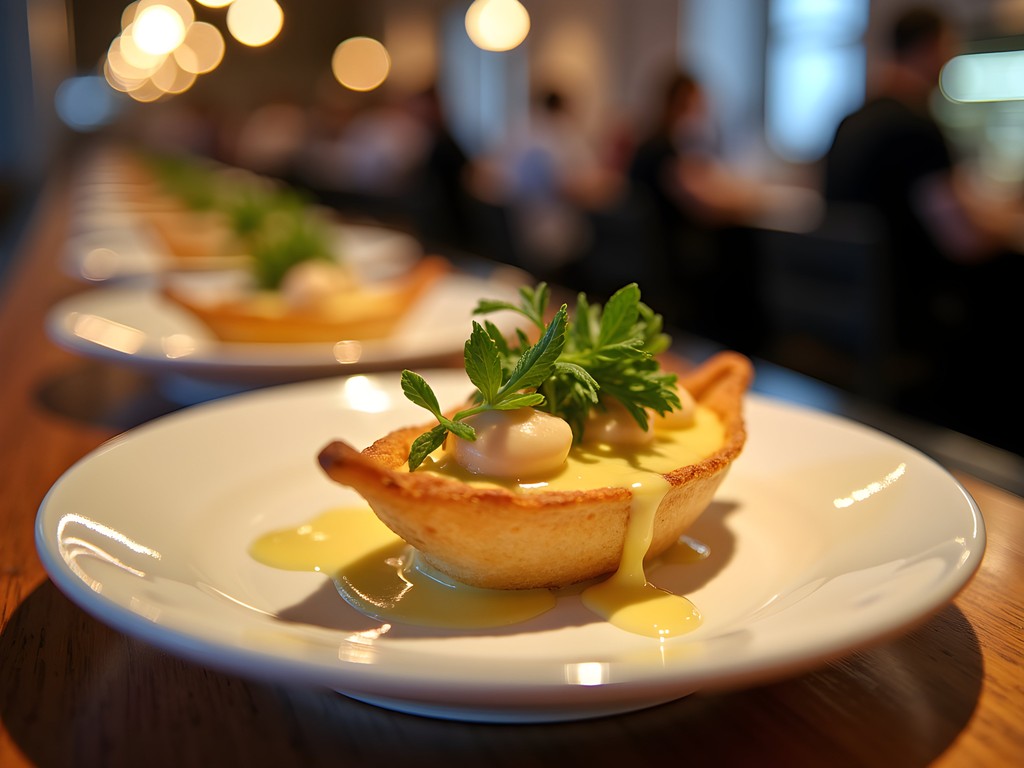
💡 Pro Tips
- Visit Gros neighborhood on Thursdays for 'Pintxo-Pote' night when many bars offer a pintxo + small drink for €2
- Explore Antiguo district in the morning to try the famous tortilla at Bar Nestor (they only make two per day)
- Use the local Dbus system to reach outlying neighborhoods like Aiete and Ibaeta where tourists rarely venture
The Mythology Behind the Menu: Basque Folklore and Food
As someone fascinated by mythology across Mediterranean cultures, I find San Sebastian offers a unique opportunity to explore how ancient Basque folklore continues to influence contemporary cuisine.
On my fourth evening, I join a small cultural tour led by Eneko, an anthropologist specializing in Basque traditions. We visit Atotxa Erreka, a pintxo bar whose name references a stream where, according to legend, the goddess Mari would appear to shepherds.
"Basque mythology is deeply connected to natural elements," Eneko explains as we sample a mushroom pintxo named for Basajaun, the protective spirit of the forests. "Our pre-Christian beliefs centered around the earth, sea, and sky—all elements represented in our cuisine."
The connection becomes clearer at our next stop, where a pintxo featuring eggs, potatoes, and peppers is named Sorginak—after the witches who were said to hold sabbaths on nearby Mount Jaizkibel. What might seem like clever marketing reveals itself as cultural preservation through food.
For recording these experiences, I've found my travel journal indispensable. Something about putting pen to paper helps me process these cultural connections in a way that digital notes never quite achieve.
The most fascinating example comes from a small bar near the harbor, where the fishermen's pintxos all incorporate salt on the left side—a tradition dating back centuries as protection against laminak (dangerous water sprites) who could capsize boats. The owner, a fourth-generation fisherman, maintains this practice not out of superstition but as a living connection to his ancestors.
"Food is our most resilient cultural artifact," Eneko tells me. "When languages were suppressed under Franco's regime, when cultural expressions were forbidden, recipes passed down through families kept our stories alive."
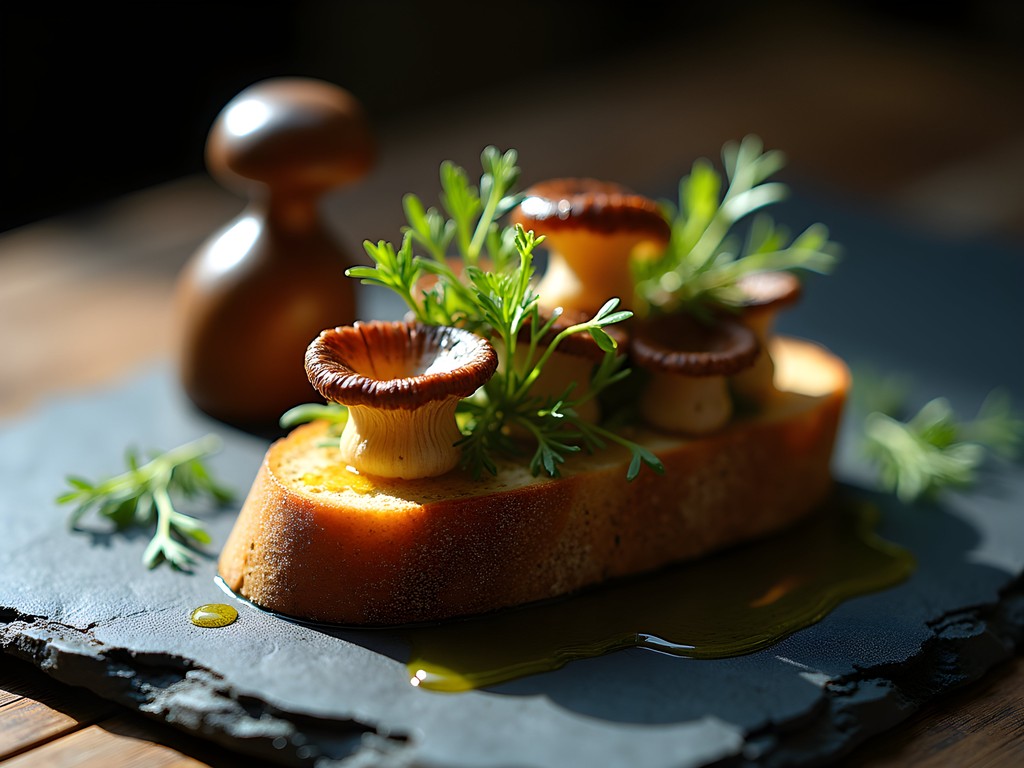
💡 Pro Tips
- Look for pintxo names referencing Basque mythology like 'Basajaun' (forest spirit) or 'Mari' (earth goddess)
- Visit the San Telmo Museum for context on Basque folklore before your pintxo explorations
- Ask older bar owners about the stories behind their signature dishes—many connect to local legends
Family Traditions: The Multigenerational Magic of Pintxo Bars
What draws me most powerfully to San Sebastian's food culture is how it mirrors my own journey of reconnecting with family traditions. Throughout my week, I sought out family-run establishments where culinary knowledge passes from generation to generation—much like how my grandmother's healing practices found their way to me.
At Bar Haizea, I watch as three generations work in synchronized harmony. The grandmother, now in her eighties, still inspects every plate before it leaves the kitchen. Her daughter manages the bar with efficient grace, while her grandson introduces subtle contemporary touches to traditional recipes.
"The secret is in the transitions," the daughter tells me when I ask how they maintain quality across generations. "We don't just hand down recipes; we hand down the why behind every ingredient and technique."
This philosophy resonates deeply with my work documenting disappearing cultural knowledge. The preservation happens not through rigid adherence to the past but through thoughtful evolution guided by deep understanding.
For families visiting San Sebastian, I recommend carrying a portable translator for menu translation. While many places offer English menus, the family-run establishments with the most authentic experiences often don't, and this device has helped me discover hidden gems that would otherwise remain inaccessible.
At Bar Martínez, I'm invited into the kitchen where Joseba, the 70-year-old patriarch, demonstrates how to properly prepare bacalao al pil-pil (salt cod with garlic oil) for his grandson. "The movement must be gentle but confident," he explains, swirling the pan in a precise motion. "Like rocking a baby to sleep."
What strikes me is how these family establishments create space for every generation. Children are welcomed rather than merely tolerated, elderly patrons are greeted by name, and the middle generation bridges past and future. It's a beautiful model of community that extends beyond blood relations to create a sense of belonging for everyone who enters.
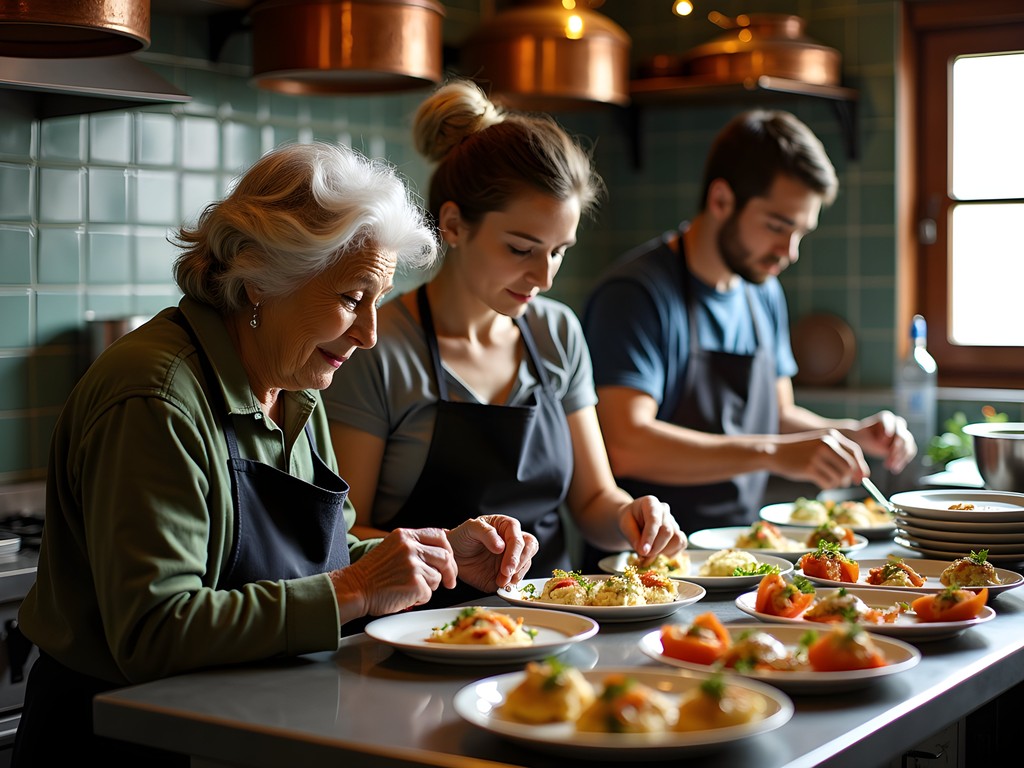
💡 Pro Tips
- Look for bars with multiple generations working together—they often offer the most authentic experience
- Visit family establishments during off-peak hours (before 1pm or after 3pm) when they have time to share stories
- Bring small gifts from your home country to share with family bar owners—it often opens doors to deeper conversations
Final Thoughts
As my week in San Sebastian draws to a close, I find myself sitting at a small harbor-side pintxo bar, watching fishing boats return with the day's catch. My notebook is filled with recipes, stories, and the names of families who have shared their traditions with me. San Sebastian's pintxo culture has revealed itself as far more than a culinary experience—it's a living museum of Basque resilience, a family album told through food, and a testament to how cultural preservation happens not by freezing traditions in amber but by allowing them to breathe and evolve while keeping their soul intact. This is what I seek in all my travels across the Mediterranean: those threads of continuity that connect us to our ancestors while allowing us to weave our own patterns. If you make this pintxo pilgrimage yourself, look beyond the Instagram-worthy creations to the hands that make them, the stories they tell, and the families who have guarded these traditions through generations. In doing so, you'll taste not just the food of San Sebastian, but its very heart.
✨ Key Takeaways
- San Sebastian's pintxo culture represents cultural preservation through evolution rather than rigid tradition
- Explore beyond Parte Vieja to discover how different neighborhoods express their identity through food
- Family-run establishments offer the most authentic window into Basque culinary traditions
📋 Practical Information
Best Time to Visit
Late May through early October, with September offering perfect weather and fewer tourists
Budget Estimate
€70-100 per day including accommodations, pintxo crawls, and cultural activities
Recommended Duration
5-7 days to properly explore different neighborhoods and culinary traditions
Difficulty Level
Beginner
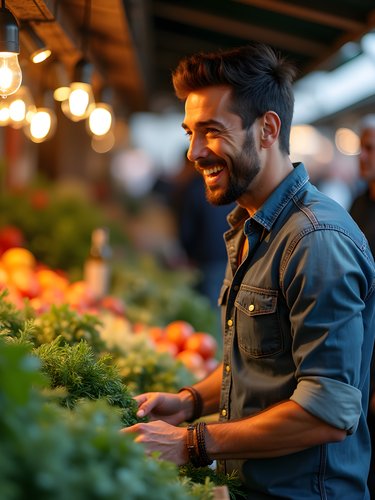
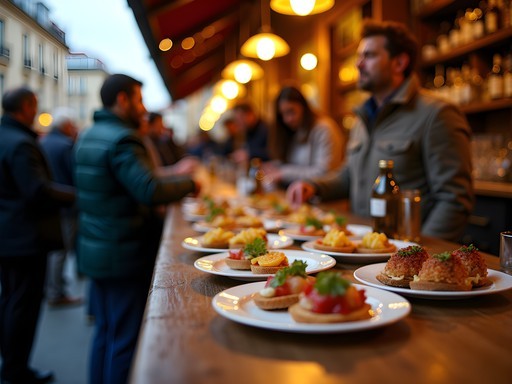


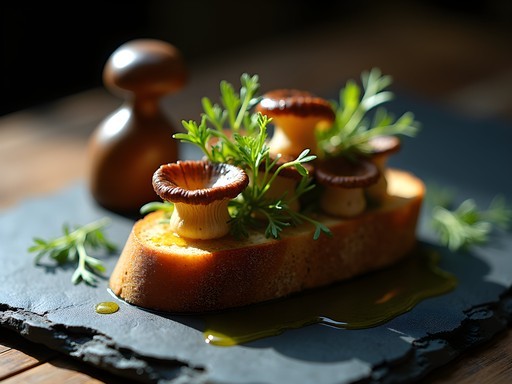
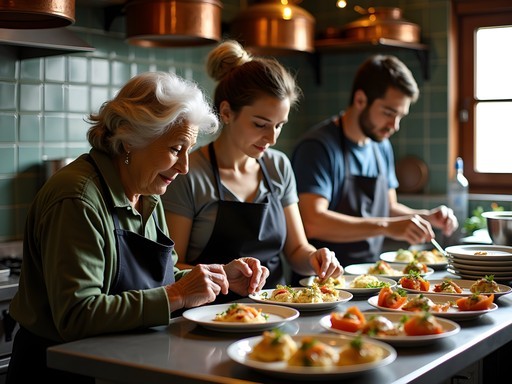










Comments
beach_lover55
Those sunset pics of La Concha Bay are stunning! 😍
foodie_traveler92
Just got back from San Sebastian and used this guide extensively - thank you Liam! The section on Basque folklore and food was fascinating. I had no idea the mythology behind some of these dishes. We tried the 'txangurro a la donostiarra' (stuffed crab) after reading your post about its connection to fishing traditions. The server actually told us more stories when he heard we were interested in the cultural background! One tip for others: learn a few Basque phrases. Just saying 'eskerrik asko' (thank you) instead of gracias made such a difference in how locals received us. And definitely try the cheesecake at La Viña - it's nothing like American cheesecake and absolutely divine.
wanderlust_jess
Going to San Sebastian next month for 3 days. Is that enough time? Your post makes me think I should extend!
Liam Mohamed
If you can extend, definitely do it! 3 days is enough for basics, but 5-7 days lets you really explore the food culture and do day trips to nearby fishing villages like Getaria (amazing grilled fish!)
wanderlust_jess
Just extended to 5 days! So excited to try all these pintxos!
Gregory Boyd
Liam, this is probably the most authentic pintxo guide I've read in years. Most tourists never venture beyond the Old Town bars, but your neighborhood breakdown is spot on! I spent 3 weeks in San Sebastian last summer and became obsessed with the txakoli pouring ritual. The way they hold the bottle high to aerate that slightly effervescent wine is pure theater. For anyone reading: don't miss Gros neighborhood. It's where locals actually eat, and the pintxos are often better and cheaper than the tourist-heavy spots. Bar Bergara's 'txalupa de txangurro' (crab tartlet) changed my life. Also worth noting that many bars specialize in just 1-2 signature pintxos - so bar hopping is essential! I tracked my favorites in my pocket notebook which was perfect for jotting down discoveries.
coolmaster
Thanks for the Gros tip! Any other neighborhoods worth checking out for a first-timer?
Gregory Boyd
Absolutely! Antiguo is fantastic - much more local vibe and amazing pintxos at Bar Aitzgorri. And don't skip a morning walk up Monte Urgull like Liam mentioned - the views are incredible and you'll work up an appetite for lunch!
Liam Mohamed
Thanks for the kind words, Gregory! You're absolutely right about Gros - it's where I had some of my most memorable meals. Bar Bergara is a gem. I'll have to try Aitzgorri next time I'm there!
coolmaster
This post is making me hungry! Those pintxos look incredible. Adding San Sebastian to my bucket list ASAP!
Gregory Boyd
You absolutely should! San Sebastian has the highest concentration of Michelin stars per capita in the world. The food culture there is unmatched.
coolmaster
Seriously? I had no idea! Any specific pintxo bars I shouldn't miss?
winternomad
Just got back from San Sebastian and used your neighborhood guide extensively, Liam! The section on 'The Healing Traditions Behind Basque Cuisine' really enhanced my experience. I had a conversation with an older bartender in Gros who told me his mother still makes medicinal broths with specific herbs depending on the season. Also, that tip about looking for places where locals stand at the bar rather than sitting at tables was spot on - completely different experience and much better food. One thing I'd add for readers: learn the Spanish words for common allergens if you have dietary restrictions. Many of the best spots don't have English menus!
adventurewalker
Going to San Sebastian next week! Any particular pintxo bars that are must-visits for a first-timer?
Liam Mohamed
Don't miss Bar Txepetxa for their anchovy pintxos - they're an institution! And La Cuchara de San Telmo for hot pintxos made to order. Enjoy!
Kimberly Murphy
Brilliant deep dive into San Sebastian's food culture, Liam! Your neighborhood-by-neighborhood approach is exactly what travelers need. I spent a month in the Basque Country last year researching for my blog, and Gros was my absolute favorite area for authentic pintxos without the crowds. Bar Bergara's modern creations blew my mind! Did you try the famous cheesecake at La Viña? I still dream about it! For anyone planning a trip, I highly recommend bringing the pocket guide - it has fantastic maps of all the neighborhoods Liam mentions with opening times (crucial since many places close randomly for siesta).
winternomad
Kimberly, was Gros significantly cheaper than the Old Town spots? Planning my budget for next month!
Kimberly Murphy
Definitely cheaper in Gros! Usually €2-2.50 per pintxo versus €3-4+ in Parte Vieja. And honestly better quality since they're catering to locals not tourists.
redguy
Those pintxos look AMAZING! Mouth is watering just looking at the photos.
journeyzone996
This article took me right back to my trip last summer! The way you described that golden light on La Concha Bay is exactly how I remember it. We spent three evenings doing pintxo crawls and barely scratched the surface. That section about the mythology behind Basque cuisine was fascinating - I had no idea about those connections! Did you find the locals were open to explaining the stories behind specific dishes or did you research beforehand?
Liam Mohamed
Thanks for your kind words! The locals were incredibly generous with their stories, especially at the smaller family-run spots away from the Old Town. One bartender spent almost an hour telling me about his grandmother's recipes when the bar quieted down. Definitely try to visit during shoulder season if you go back - more time for those conversations!
journeyzone996
That's so cool! Definitely going back in spring next time instead of peak August madness.
Venture X
Premium card with 2X miles, $300 travel credit, Priority Pass